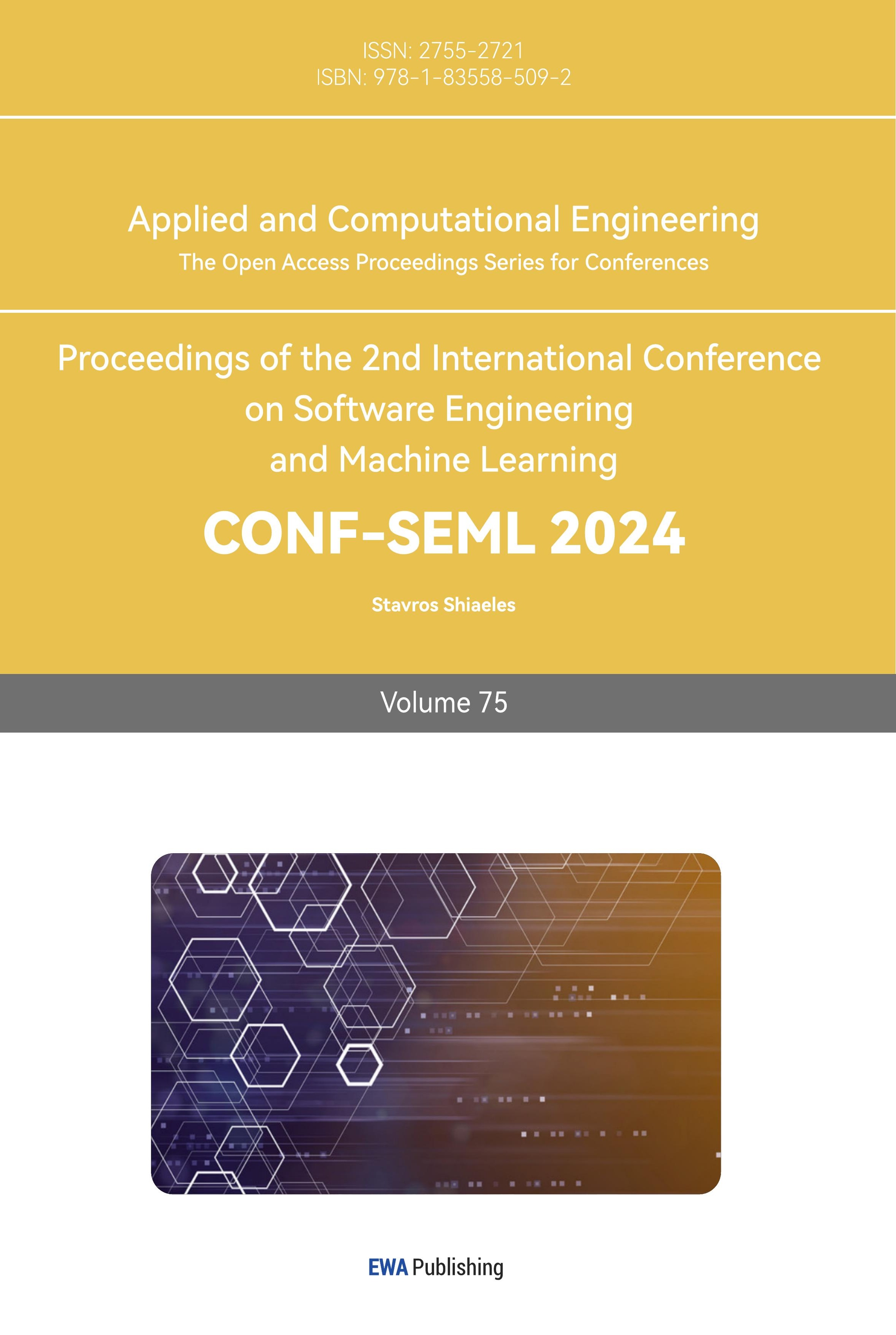1. Introduction
In the field of urban traffic management, challenges extend beyond traffic congestion, accidents, and environmental pollution, encompassing the rapid growth in the number of vehicles, the complexity of road networks, and the unpredictability of traffic flow. Effectively addressing these issues necessitates urgent attention to vehicle management. As urbanization accelerates, traditional traffic management approaches prove inadequate to meet the rapidly evolving demands of urban transportation. Hence, the introduction of advanced technologies and systems, such as license plate recognition technology and the Internet of Things (IoT), emerges as a novel avenue for enhancing urban traffic management.
The rapid development of license plate recognition technology provides crucial technical support for achieving effective urban traffic management. By enhancing the accuracy and efficiency of license plate recognition systems, real-time monitoring and precise identification of vehicles on roads become feasible, laying the foundation for improving the smoothness of urban traffic flow. However, existing license plate recognition systems face challenges such as low recognition accuracy and slow processing speeds. This study delves into these issues, leveraging optimization algorithms, image processing, and pattern recognition technologies to construct a more efficient and accurate license plate recognition system, catering to the practical needs of urban traffic management[1-2].
Furthermore, the rapid growth of IoT technology offers new opportunities for vehicle management. Connecting elements such as vehicles, road infrastructure, and traffic signals to an intelligent IoT system enables comprehensive traffic monitoring and management. This study combines IoT technology to design a Harmony-based IoT vehicle management system, facilitating intelligent scheduling, information sharing, and remote monitoring among vehicles. This introduces a more intelligent and comprehensive solution to urban traffic management, enhancing traffic efficiency, reducing accident rates, and creating a more livable environment for city residents. The cross-device collaborative features of the Harmony IoT system also provide users with a more convenient experience in vehicle management systems, allowing information synchronization and sharing across different devices through the Harmony system, thus enhancing the user's interactive experience[3].
In this study, we have chosen the YOLOv7 algorithm as the core algorithm for license plate recognition. With its real-time capabilities and characteristics of multi-object detection, this algorithm provides our system with efficient and accurate license plate recognition capabilities. By integrating optimized license plate recognition with Harmony IoT vehicle management technology, this study aims to introduce new intelligent and efficient solutions for urban traffic management, making urban transportation safer, more convenient, and environmentally friendly. Through exploring the application of this system in traffic management, we hope to provide valuable references and insights for the future development of urban transportation.
2. Background
2.1. Impact of OpenHarmony IoT
Interconnected Devices: OpenHarmony IoT achieves interoperability among IoT devices from different manufacturers and protocols through unified communication protocols and interfaces. This enables users to control and manage multiple devices through a unified interface, enhancing convenience and user experience.
Robust Compatibility: OpenHarmony IoT emphasizes device compatibility, allowing different types of IoT devices to collaborate efficiently. This compatibility can improve automation, data sharing, and collaboration between devices, thereby enhancing efficiency and productivity.
Security Protection: OpenHarmony IoT prioritizes security and privacy protection in its design. It employs robust security measures to safeguard IoT devices and data from unauthorized access and network threats. This contributes to addressing security concerns related to IoT devices, enhancing the overall system's security.
Industrial Applications: OpenHarmony IoT is poised to revolutionize industrial applications by enabling seamless connection and data exchange among different industrial IoT devices and systems. This can enhance the efficiency of industries such as manufacturing, logistics, and energy, facilitating predictive maintenance and real-time monitoring.
Innovation and Development: The introduction of OpenHarmony IoT can stimulate innovation and development within the IoT ecosystem. It provides developers with a unified platform and tools to create new applications and services leveraging the functionalities of IoT devices. This may lead to the emergence of new business models and opportunities across various industries.
IoT Device Applications: The distributed capability of the OpenHarmony system makes it suitable for IoT devices, enabling the execution of applications on various smart home devices, smart cars, smart appliances, and other IoT devices. This facilitates collaboration and data sharing among devices.
2.2. License Plate Recognition
License Plate Recognition (LPR), also known as Automatic License Plate Recognition (ALPR), is a technology that utilizes Optical Character Recognition (OCR) to automatically read and capture vehicle license plate information. It finds wide applications in various fields such as traffic management, parking systems, toll collection, and law enforcement. LPR systems typically consist of cameras, image processing software, and a database for storing and analyzing captured license plate data.
Optical Character Recognition (OCR) Technology: OCR is the core of license plate recognition technology. It involves the use of OCR algorithms to process the license plate image, extracting alphanumeric characters. OCR technology can recognize characters of different fonts, sizes, and colors, converting them into readable text information.
Image Processing Technology: License plate recognition systems utilize image processing technology to preprocess captured license plate images, enhancing recognition accuracy. This includes techniques such as image enhancement, noise reduction, edge detection, and image segmentation, ensuring that the license plate image is clear and the characters have distinct contrast with the background.
Machine Learning and Deep Learning Technology: Machine learning and deep learning technologies play a crucial role in license plate recognition. By training models with a large dataset of license plate images, machine learning and deep learning algorithms can automatically learn the features and patterns of license plates, enabling accurate identification. Common algorithms include Support Vector Machine (SVM), Convolutional Neural Network (CNN), and Recurrent Neural Network (RNN)[4-5].
Video Analysis Technology: License plate recognition systems can utilize video analysis technology to capture and recognize vehicle license plates in real-time. Through continuous video frames, the system can track vehicles and extract license plate information, enabling real-time monitoring and identification of vehicles.
3. IoT Vehicle Management based on Harmony
3.1. Workflow
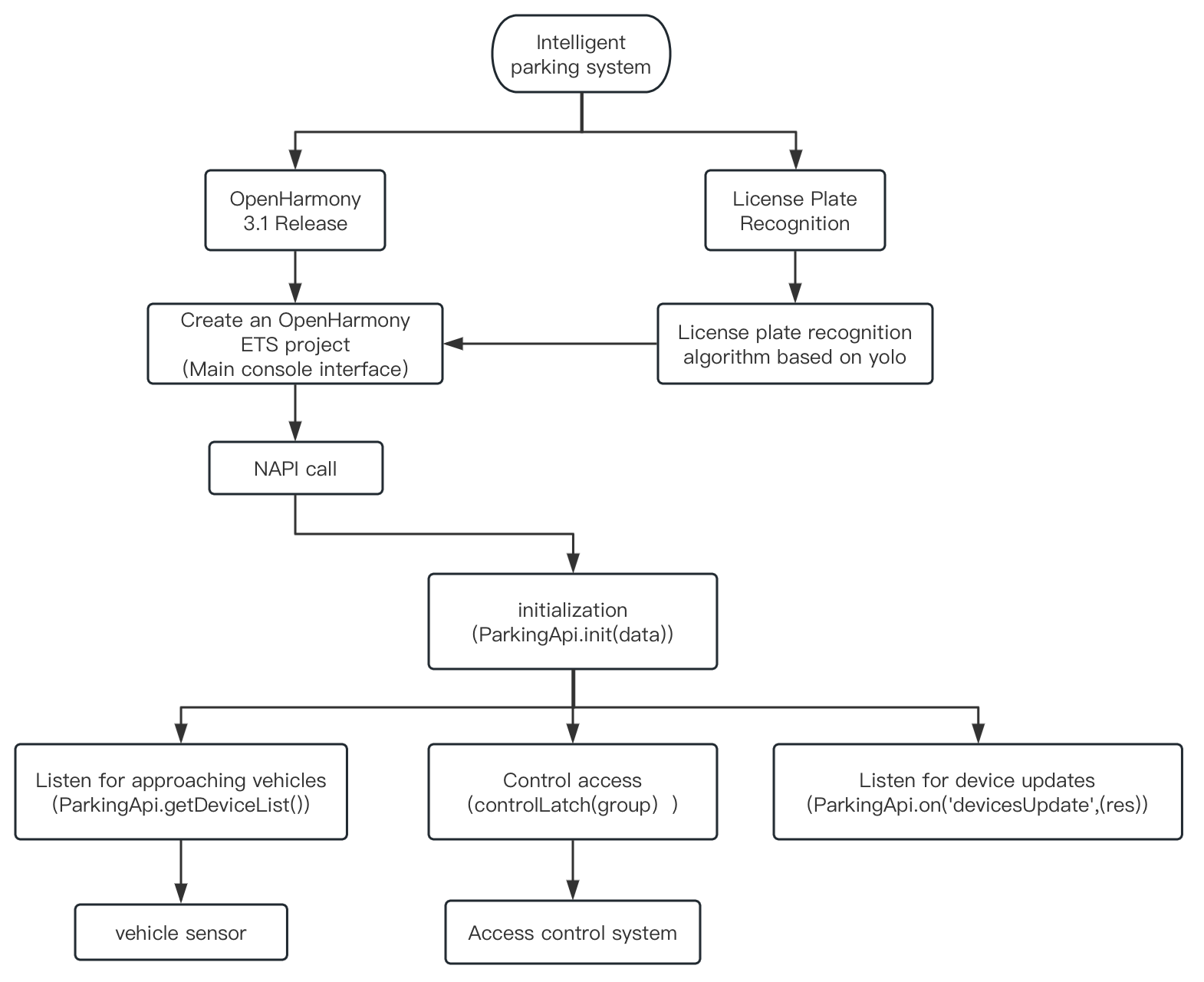
Figure 1. The Workflow of Intelligent Parking System.
As illustrated in Figure 1, the Intelligent Parking System comprises a centralized vehicle management console based on OpenHarmony 3.1 Release and developed using eTS. This console facilitates the presentation of essential control page functionalities, including the management of vehicle entry and exit information, manual gate control, display of online device lists, and fee management. Simultaneously, a multi-device linkage is achieved through the Node.js API-based external interface NAPI, connecting the vehicle entry and exit detector, the vehicle management console, and the gate controller. When a vehicle enters, the license plate recognition system identifies the vehicle, transmits the data to the backend, undergoes comparison with the backend database, and, through NAPI, invokes the access control system to execute the necessary functions.
3.2. Core Techniques
3.2.1. OpenHarmony ETS. The OpenHarmony ETS project is an integral part of the OpenHarmony open-source initiative. ETS (Easy Template System) is a declarative template language within OpenHarmony used for constructing user interfaces. The ETS syntax is straightforward, allowing for the rapid creation and definition of interface elements and the implementation of page navigation and interactions. To leverage OpenHarmony ETS in the project, ETS files are created in the entry/src/main/ets directory. These files are used to write the layout and interaction logic for pages and components. Multiple ETS files can be created in this directory, with each file corresponding to a specific page or component. Within the ETS files, UI layout and interaction logic can be written using ETS syntax. Various ETS tags and directives are available to create UI components, define data binding, and handle events. The ETS code can call NAPI (Native API) to achieve interoperability with other devices. NAPI provides interfaces for initializing the Parking API, obtaining device lists, listening for vehicle proximity events, and monitoring device update events. Logic can be implemented in response to vehicle proximity or departure, such as saving the license plate number, opening gates, and controlling access barriers. When the application exits, resources can be released, and devices can be taken offline.
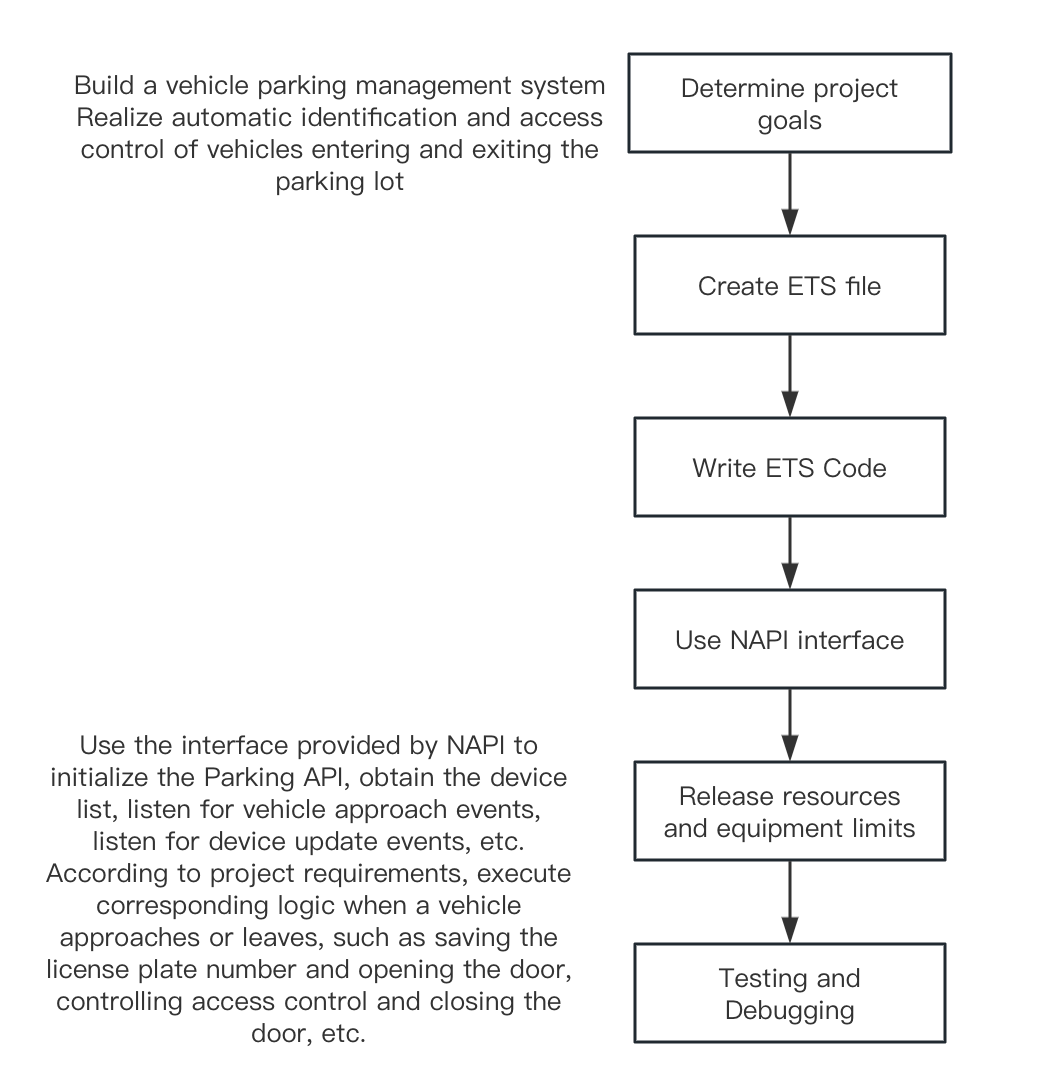
Figure 2. The Workflow of OpenHarmony ETS Project.
3.2.2. YOLO Algorithm. The YOLO (You Only Look Once) algorithm is an object detection algorithm used for real-time detection and localization of multiple objects in images or videos. Compared to traditional object detection algorithms, YOLO offers faster speed and higher accuracy. The core idea of the algorithm is to transform the object detection problem into a regression problem. It divides the input image into a fixed-size grid and predicts multiple bounding boxes and class probabilities within each grid cell. Each bounding box contains information about the object's position, size, and the probability of belonging to different classes. By making predictions simultaneously across the entire image, the YOLO algorithm achieves real-time object detection. The main advantages of YOLO include its speed, as it requires only one forward pass to obtain detection results for all objects. Additionally, YOLO can handle overlapping objects, and it performs well in detecting small objects.
YOLOv7 is the latest version in the YOLO series, and compared to its predecessors, it incorporates improvements in network architecture and training methods. YOLOv7 adopts a deeper network structure to increase the network's receptive field and expressive capability. It also introduces a Feature Pyramid Network to handle objects of different scales. The Feature Pyramid Network can extract multi-scale features at different levels, enhancing the detection capability for both small and large objects. The overall model framework is illustrated in Figure 3:
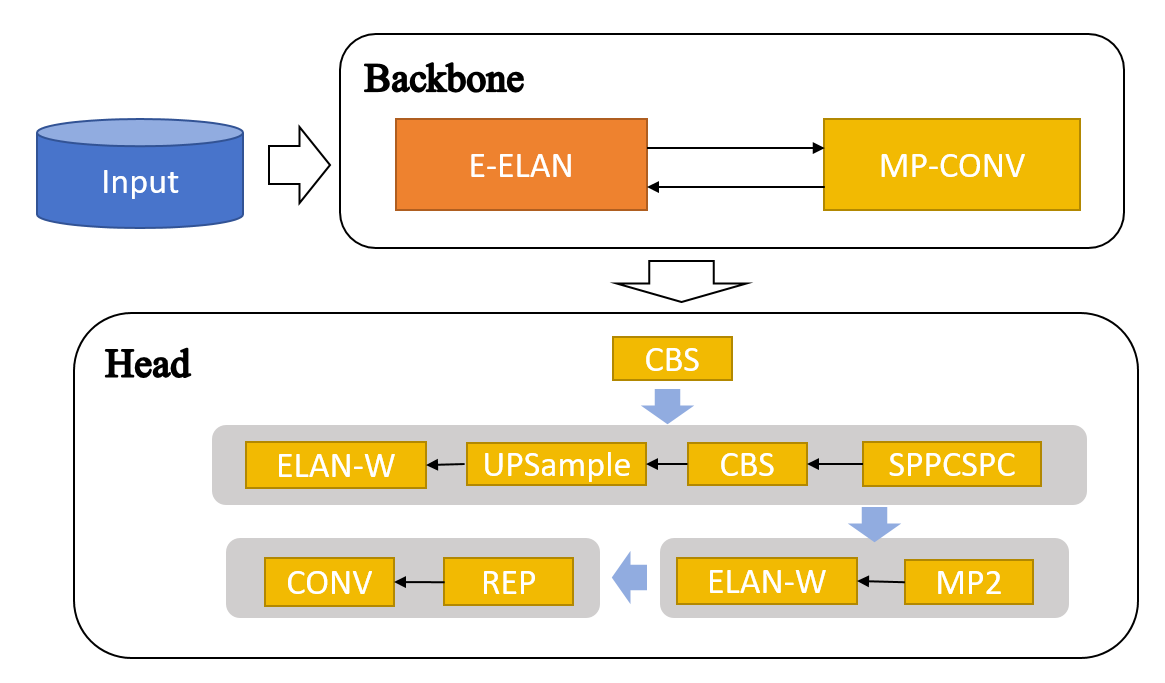
Figure 3. The network structure of YOLOv7.
YOLOv7 employs better loss functions to optimize the training process for object detection. It enhances the accuracy and speed of object detection by improving the network structure, optimizing algorithms, and utilizing higher-performance hardware. The network architecture includes input, Backbone, Head, and the specific process involves resizing the input image to 640x640, feeding it into the backbone, and then passing through the head layer to output three layers of feature maps of different sizes. The predictions are obtained through Rep and conv layers.
3.2.3. Device Interoperability. While implementing the vehicle management system, interoperability with other devices, such as access control and vehicle recognition, can be achieved by calling the NAPI interface in OpenHarmony ETS. This inter-device control is implemented through a publish-subscribe pattern and communication mechanism. Some key actions include:
Publish-Subscribe Pattern: Used for message passing between devices. Devices can publish messages, and other devices can subscribe to messages of interest. When a message is published, all subscribers receive the message and perform the corresponding actions.
Communication Mechanism: Devices use network communication for data transfer. Upon coming online, a device broadcasts to indicate its presence and capabilities. Other devices can subscribe to these broadcasts to learn about the device's information and establish communication connections.
Data Flow: When a device senses an event or receives a message, it publishes the event or message. Other devices can subscribe to these events or messages and perform corresponding actions as needed.
In the specific scenario of an intelligent parking lot, the process of linking vehicle entry detection, license plate recognition, and access control is as follows:
4. Optimized License Plate Recognition
4.1. Experimental Settings
The experimental IoT device development material for this study is the Runhe RK3568 development board. The development environment includes DevEco Studio for OpenHarmony, OpenHarmony-SDK, and DevEco Studio, which support the development of the vehicle management system.
For the license plate recognition process, support for the YOLO V7 runtime environment is necessary. The setup includes:
OS: Windows 10 Professional operating system
Server Configuration: GPU NVIDIA GeForce GTX 3070, CPU Intel(R) Xeon(R) CPU E5-2650 v3 @ 2.30GHz, 16GB RAM
Programming Language: Python 3.9
Deep Learning Framework: PyTorch 1.13.0 + CUDA 11.7
The license plate dataset used in the experiment is the CCPD (Chinese City Parking Dataset) [6], an open-source Chinese license plate dataset.
4.2. Accuracy Comparison
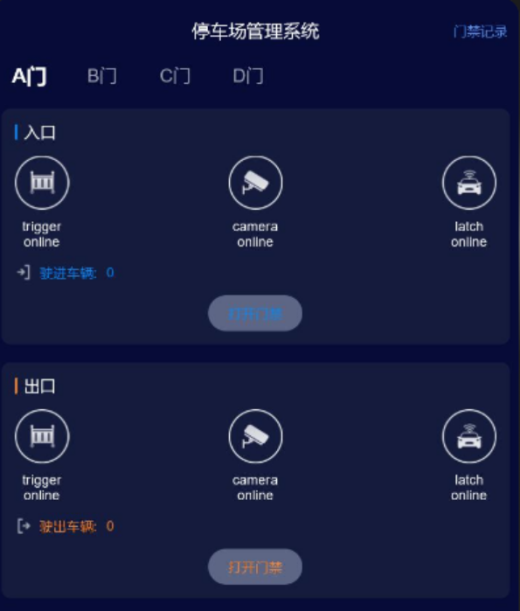
Figure 4. Concept of the Parking Management System Implemented on Huawei HarmonyOS.
Table 1. Effectiveness Comparison of Various License Plate Recognition Methods.
Recognition Method | Dataset | Accuracy |
Lee et al.[7] | 500 custom images | 95.24% |
Arth et al.[8] | 2860 custom images | 96% |
Rizvi et al.[9] | Italian 788 images | 92% |
Padmasiri et al.[10] | CCPD | 90% |
YOLOv7-based | CCPD | 97.7% |
Table 1 shows that the YOLOv7-based license plate recognition, compared to the contrasted methods, exhibits higher accuracy and recall rates. This is attributed to the inherent advantages of YOLOv7 in object recognition tasks, allowing it to extract finer-grained license plate features and providing advantages in dynamic recognition. Additionally, YOLOv7's lightweight architecture results in lower detection latency, with an average delay of only 0.01 seconds, making it more practical in real-world scenarios. YOLOv7 inherits characteristics from its predecessors and introduces improvements, enhancing detection accuracy. Its recognition speed and efficiency are notable, and the single network structure makes it convenient for model use and deployment, reducing potential integration issues[11-12].
Furthermore, integrating the license plate recognition of YOLOv7 with the parking management system implemented on Huawei HarmonyOS effectively addresses the shortcomings in license plate recognition in domestic intelligent parking systems. It achieves localization and high accuracy. The publish-subscribe-based vehicle parking lot linkage mode establishes connections and communications with various systems, enabling multi-device interoperability. The system has numerous advantages and applications, including improving traffic management efficiency, reducing traffic congestion, and enhancing urban environments. Future possibilities for improvement and expansion include incorporating artificial intelligence, optimizing algorithms, and developing big data analytics[13].
5. Conclusion
This research aims to address the multiple challenges faced by urban traffic management, including traffic congestion, accidents, environmental pollution, rapid growth in the number of vehicles, the complexity of road networks, and the unpredictability of traffic flow. By introducing advanced license plate recognition technology and HarmonyOS IoT technology, we strive to build a more efficient and intelligent vehicle management system.
Firstly, in terms of license plate recognition technology, we compared the accuracy and speed of different recognition algorithms. After optimization and selection, the adoption of the YOLOv7 algorithm improved the accuracy and efficiency of recognition, providing a reliable foundation for real-time monitoring and management. Secondly, the introduction of the HarmonyOS IoT system provides a new solution for the vehicle management system. By connecting vehicles, road facilities, traffic signals, and other elements to the intelligent HarmonyOS IoT system, we achieved intelligent traffic monitoring and management. Combining advanced IoT management technology with optimized license plate recognition, we have provided a stable and efficient intelligent management solution for urban traffic.
References
[1]. ohnson, A., et al. "Optimizing Algorithms for Real-time Image Processing in Traffic Management Systems." International Journal of Computer Vision, 35(2), 187-200.
[2]. Z. Chen, S. Zhang, J. He, and X. Zhao, "License Plate Recognition Based on Embedded System," in Proceedings of the 2018 International Conference on Control, Automation and Robotics (ICCAR), 2018. 170-174.
[3]. M. Anwar, M. Imran, A. Raza, B. N. Kim, and H. S. Kim, "Real-time Vehicle License Plate Recognition on an Embedded System," in Proceedings of the 2017 International Conference on Applied Sciences (ICAS), 2017. 1-4.
[4]. Kaur P, Kumar Y, Ahmed S, et al. Automatic License Plate Recognition System for Vehicles Using a CNN[J]. Computers, Materials & Continua, 2022, 71(1).
[5]. Smith, J., et al. "Improving License Plate Recognition Using Deep Learning Techniques." Journal of Traffic Management, 20(3), 123-135.
[6]. Xu, Z. et al. (2018). Towards End-to-End License Plate Detection and Recognition: A Large Dataset and Baseline. In: Ferrari, V., Hebert, M., Sminchisescu, C., Weiss, Y. (eds) Computer Vision – ECCV 2018.
[7]. Lee, S.; Son, K.; Kim, H.; Park, J. Car plate recognition based on CNN using embedded system with GPU. In Proceedings of the 2017 10th International Conference on Human System Interactions (HSI), Ulsan, Korea, 17–19 July 2017; pp. 239–241.
[8]. Arth, C.; Limberger, F.; Bischof, H. Real-Time License Plate Recognition on an Embedded DSP-Platform. In Proceedings of the 2007 IEEE Conference on Computer Vision and Pattern Recognition, Minneapolis, MN, USA, 18–23 June 2007; pp. 1–8.
[9]. Rizvi, S.T.H.; Patti, D.; Björklund, T.; Cabodi, G.; Francini, G. Deep Classifiers-Based License Plate Detection, Localization and Recognition on GPU-Powered Mobile Platform. Future Internet 2017, 9, 66.
[10]. Padmasiri H, Shashirangana J, Meedeniya D, et al. Automated license plate recognition for resource-constrained environments[J]. Sensors, 2022, 22(4): 1434.
[11]. Izidio, D.; Ferreira, A.; Barros, E. An Embedded Automatic License Plate Recognition System using Deep Learning. In Proceedings of the VIII Brazilian Symposium on Computing Systems Engineering (SBESC), Salvador, Brazil, 5–8 November 2018; pp. 38–45.
[12]. Pan S, Liu J, Chen D. Research on License Plate Detection and Recognition System based on YOLOv7 and LPRNet[J]. Academic Journal of Science and Technology, 2022, 4(2): 62-68.
[13]. A. V. Belyaev, D. Makarov, and V. E. Gromov, "Embedded System for License Plate Recognition," in Proceedings of the 2019 19th International Conference on Mechatronics - Mechatronika (ME), 2019. 1-6.
Cite this article
Jin,H. (2024). An IoT vehicle management framework based on optimized license plate recognition. Applied and Computational Engineering,75,88-95.
Data availability
The datasets used and/or analyzed during the current study will be available from the authors upon reasonable request.
Disclaimer/Publisher's Note
The statements, opinions and data contained in all publications are solely those of the individual author(s) and contributor(s) and not of EWA Publishing and/or the editor(s). EWA Publishing and/or the editor(s) disclaim responsibility for any injury to people or property resulting from any ideas, methods, instructions or products referred to in the content.
About volume
Volume title: Proceedings of the 2nd International Conference on Software Engineering and Machine Learning
© 2024 by the author(s). Licensee EWA Publishing, Oxford, UK. This article is an open access article distributed under the terms and
conditions of the Creative Commons Attribution (CC BY) license. Authors who
publish this series agree to the following terms:
1. Authors retain copyright and grant the series right of first publication with the work simultaneously licensed under a Creative Commons
Attribution License that allows others to share the work with an acknowledgment of the work's authorship and initial publication in this
series.
2. Authors are able to enter into separate, additional contractual arrangements for the non-exclusive distribution of the series's published
version of the work (e.g., post it to an institutional repository or publish it in a book), with an acknowledgment of its initial
publication in this series.
3. Authors are permitted and encouraged to post their work online (e.g., in institutional repositories or on their website) prior to and
during the submission process, as it can lead to productive exchanges, as well as earlier and greater citation of published work (See
Open access policy for details).
References
[1]. ohnson, A., et al. "Optimizing Algorithms for Real-time Image Processing in Traffic Management Systems." International Journal of Computer Vision, 35(2), 187-200.
[2]. Z. Chen, S. Zhang, J. He, and X. Zhao, "License Plate Recognition Based on Embedded System," in Proceedings of the 2018 International Conference on Control, Automation and Robotics (ICCAR), 2018. 170-174.
[3]. M. Anwar, M. Imran, A. Raza, B. N. Kim, and H. S. Kim, "Real-time Vehicle License Plate Recognition on an Embedded System," in Proceedings of the 2017 International Conference on Applied Sciences (ICAS), 2017. 1-4.
[4]. Kaur P, Kumar Y, Ahmed S, et al. Automatic License Plate Recognition System for Vehicles Using a CNN[J]. Computers, Materials & Continua, 2022, 71(1).
[5]. Smith, J., et al. "Improving License Plate Recognition Using Deep Learning Techniques." Journal of Traffic Management, 20(3), 123-135.
[6]. Xu, Z. et al. (2018). Towards End-to-End License Plate Detection and Recognition: A Large Dataset and Baseline. In: Ferrari, V., Hebert, M., Sminchisescu, C., Weiss, Y. (eds) Computer Vision – ECCV 2018.
[7]. Lee, S.; Son, K.; Kim, H.; Park, J. Car plate recognition based on CNN using embedded system with GPU. In Proceedings of the 2017 10th International Conference on Human System Interactions (HSI), Ulsan, Korea, 17–19 July 2017; pp. 239–241.
[8]. Arth, C.; Limberger, F.; Bischof, H. Real-Time License Plate Recognition on an Embedded DSP-Platform. In Proceedings of the 2007 IEEE Conference on Computer Vision and Pattern Recognition, Minneapolis, MN, USA, 18–23 June 2007; pp. 1–8.
[9]. Rizvi, S.T.H.; Patti, D.; Björklund, T.; Cabodi, G.; Francini, G. Deep Classifiers-Based License Plate Detection, Localization and Recognition on GPU-Powered Mobile Platform. Future Internet 2017, 9, 66.
[10]. Padmasiri H, Shashirangana J, Meedeniya D, et al. Automated license plate recognition for resource-constrained environments[J]. Sensors, 2022, 22(4): 1434.
[11]. Izidio, D.; Ferreira, A.; Barros, E. An Embedded Automatic License Plate Recognition System using Deep Learning. In Proceedings of the VIII Brazilian Symposium on Computing Systems Engineering (SBESC), Salvador, Brazil, 5–8 November 2018; pp. 38–45.
[12]. Pan S, Liu J, Chen D. Research on License Plate Detection and Recognition System based on YOLOv7 and LPRNet[J]. Academic Journal of Science and Technology, 2022, 4(2): 62-68.
[13]. A. V. Belyaev, D. Makarov, and V. E. Gromov, "Embedded System for License Plate Recognition," in Proceedings of the 2019 19th International Conference on Mechatronics - Mechatronika (ME), 2019. 1-6.





